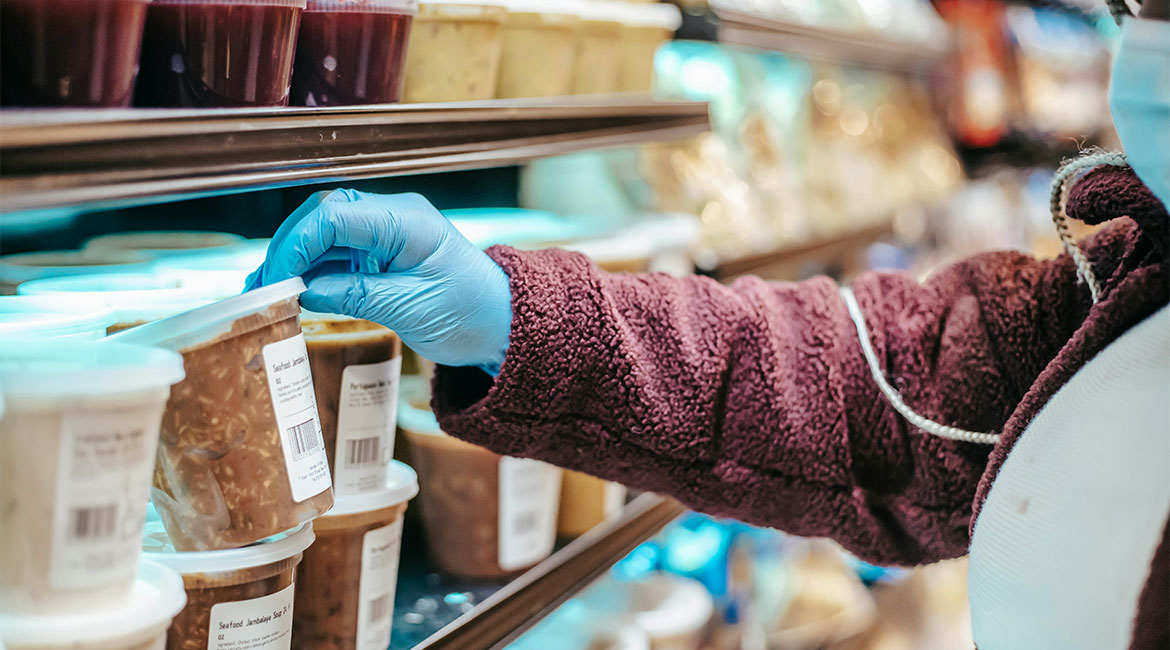Food traceability has come a long way from paper logs to real-time digital systems. Food traceability, which is the ability to track food products from their origin to the consumer, has always been essential for safety, quality, and trust. But in recent years, the way we trace food has undergone a dramatic transformation. What was once a manual, paper-based process is now a sophisticated digital ecosystem powered by cutting-edge technologies.
This evolution isn’t just about efficiency; it’s about building a food system that’s transparent, resilient, and responsive to the needs of both producers and consumers.
Historically, food traceability relied on handwritten records, spreadsheets, and siloed databases. These systems were often slow, error-prone, and reactive, only useful after a problem had already occurred. If a foodborne illness outbreak happened, tracing the source could take days or even weeks, putting public health and brand reputations at risk.
The limitations of these systems became especially clear during major food safety incidents, prompting governments and industry leaders to push for more robust, technology-driven solutions.
Digital technologies have revolutionized how we track food
Today, digital technologies are at the heart of modern food traceability. Tools like blockchain, IoT sensors, RFID, and cloud computing have made it possible to track food in real time, with unprecedented accuracy and transparency.
- Blockchain can ensure that every transaction in the supply chain is recorded in a secure, tamper-proof ledger. This builds trust and accountability.
- IoT devices monitor conditions like temperature and humidity during transport, helping prevent spoilage and ensuring compliance with safety standards.
- QR codes and RFID tags allow for instant scanning and tracking of products at every stage, from farm to shelf.
- Cloud platforms store and share data across stakeholders, making it easier to collaborate and respond quickly to issues.
In my opinion, being able to scan a QR code on a coffee bag and see the farm it came from, the harvest date, and even the name of the farmer can be transformative, especially when it comes to maintaining the integrity and transparency of food supply chains.

Farmers and producers are gaining new tools and insights
A key aspect of this evolution is how it’s empowering farmers and food producers. With digital traceability tools, they can now:
- Track inputs and yields more accurately
- Meet certification and export requirements
- Reduce waste and improve resource use
- Access premium markets that demand verified sourcing
Farm management software and mobile apps are making it easier for even smallholder farmers to participate in traceability systems, especially in regions like Africa and Southeast Asia where mobile-first solutions are key.
Modern consumers want to know more than just what’s in their food. They want to know where it came from, how it was grown, and whether it aligns with their values. Digital traceability makes this possible. With a quick scan or tap, shoppers can access detailed product histories, certifications, and sustainability credentials.
This shift is not just about curiosity—it’s about trust. In a world of global supply chains and rising food fraud, traceability builds confidence and loyalty.
Summary
As technologies continue to evolve, the future of food traceability will likely include AI-powered analytics, predictive risk detection, and greater interoperability across systems. These advancements will help prevent problems before they occur and make the entire food system more adaptive and resilient.
At the same time, it’s crucial that these tools remain accessible and inclusive, especially for small-scale producers and developing markets. The goal isn’t just to trace food—it’s to build a food system that works better for everyone.



